A contemporary tune played by a talented blind musician welcomed us as we stepped into the grounds of Fort San Pedro in Cebu City. The music was rather merry that my cheery friends could not help but dance to the tune. There we were by the entrance to a truly historic site, dancing and sharing a laugh on a bright Saturday afternoon.
Rewind to centuries earlier, when Fort San Pedro was not a popular tourist spot but a functional military defense structure. Lying in Plaza Independencia in Cebu City, Fort San Pedro (aka Fuerza de San Pedro) was constructed by Spanish and Cebuano laborers. Miguel Lopez de Legazpi, a Spanish conquistador who founded the earliest Spanish settlement in Cebu, initiated the construction of the fortress.
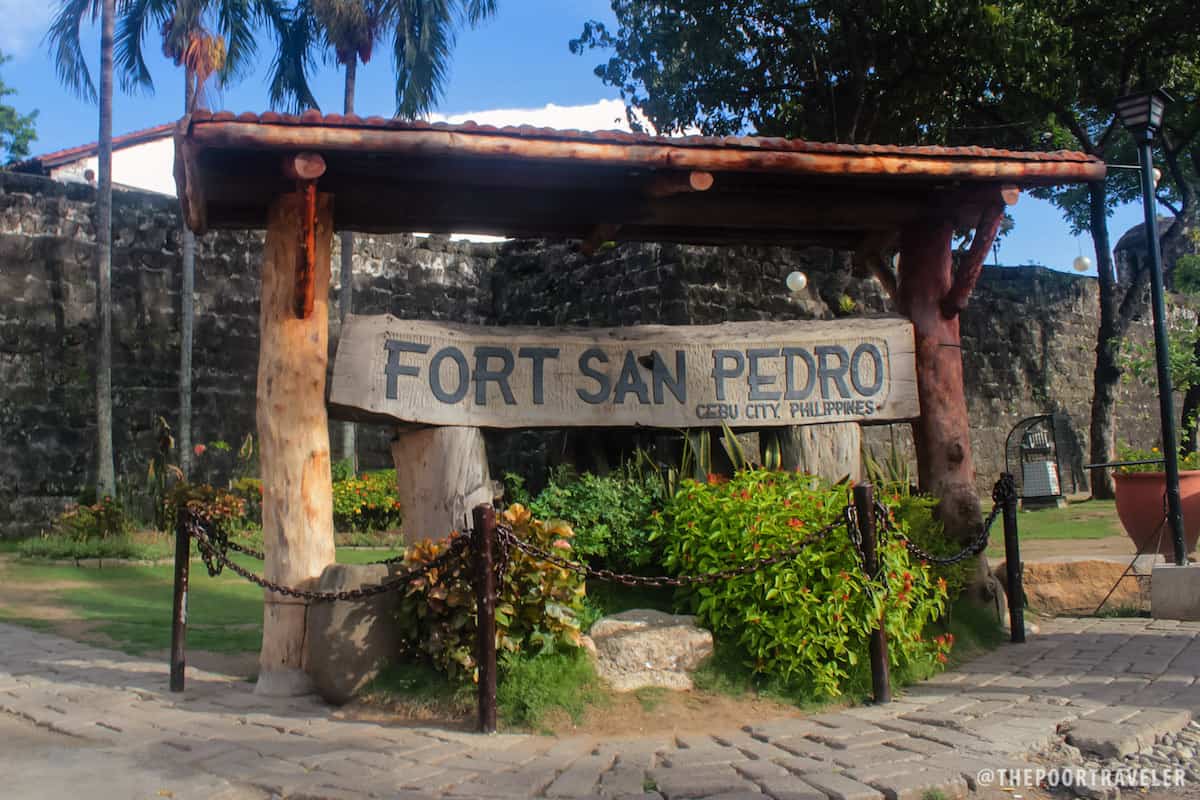
The fort has a long and rich history. At the entrance to the site, we already indulged our eyes with the images posted on the walls of barrel vault entrance, depicting the gradual development of the fort. Its earliest form was made of logs, built on May 8, 1565, only 11 days after Legazpi arrived in Cebu. Through the years, the fort experienced many changes including the replacement of wood with stone and mortar. There was also a portrait of Ferdinand Magellan, a Portuguese explorer who led the Spanish expedition that eventually reached the Philippines in 1521.
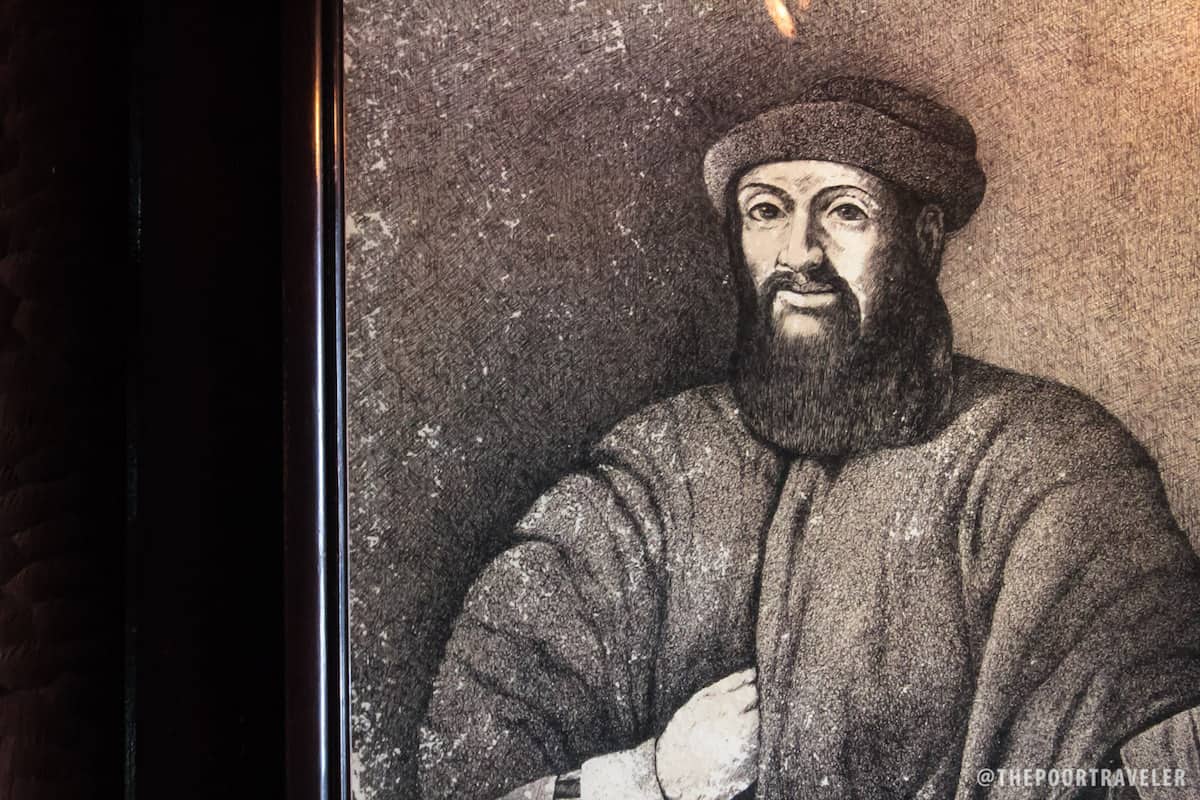
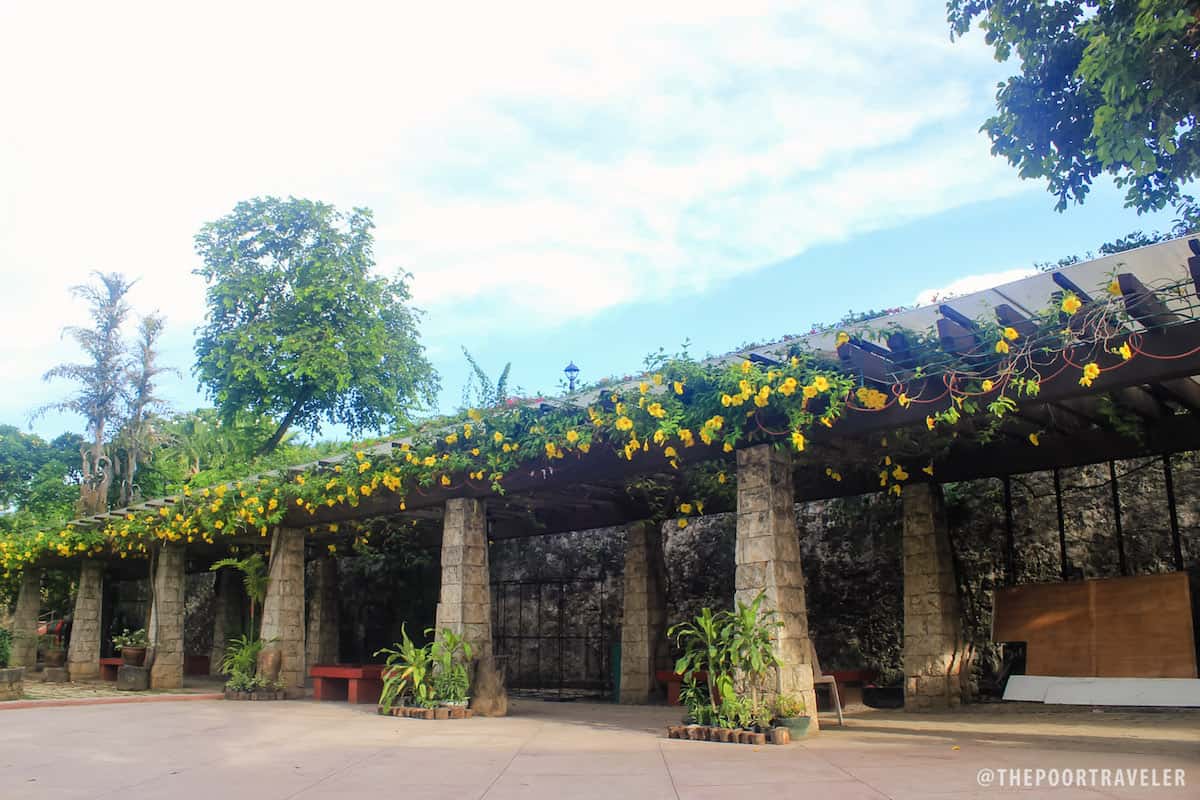
Fort San Pedro is said to be the oldest and the smallest fort in the Philippines, covering an area of 2,025 square meters. Its walls are 20 feet tall and 8 feet thick, forming a triangle with uneven lengths: two sides face the sea and the other the land, where the current entrance gate to the fort is located. The gate has two rectangular columns that flank a raised Philippine flag, that serves as the apex of the structure. Three tunnel-shaped windows sit on top of a gable which hosts a niche that shelters an image of the Sto. Nino, the city’s patron saint. Below it is another shallower niche marked with a seal, which I was told was the seal of the Spanish king. Below it is the entrance, a barrel vault, whose arch is topped with a spandrel that bears the Spanish name of the place and the year it was built.



Each corner of the triangular fort harbors a bastion — the Ignacio de Loyola in the southeast corner, La Concepcion in the southwest, and San Miguel in the north corner. On each corner stands a turret that serves as a watchtower. There are 14 cannons installed at the site along with a number of trees and ornamental plants that serve as inanimate ushers around the fort.

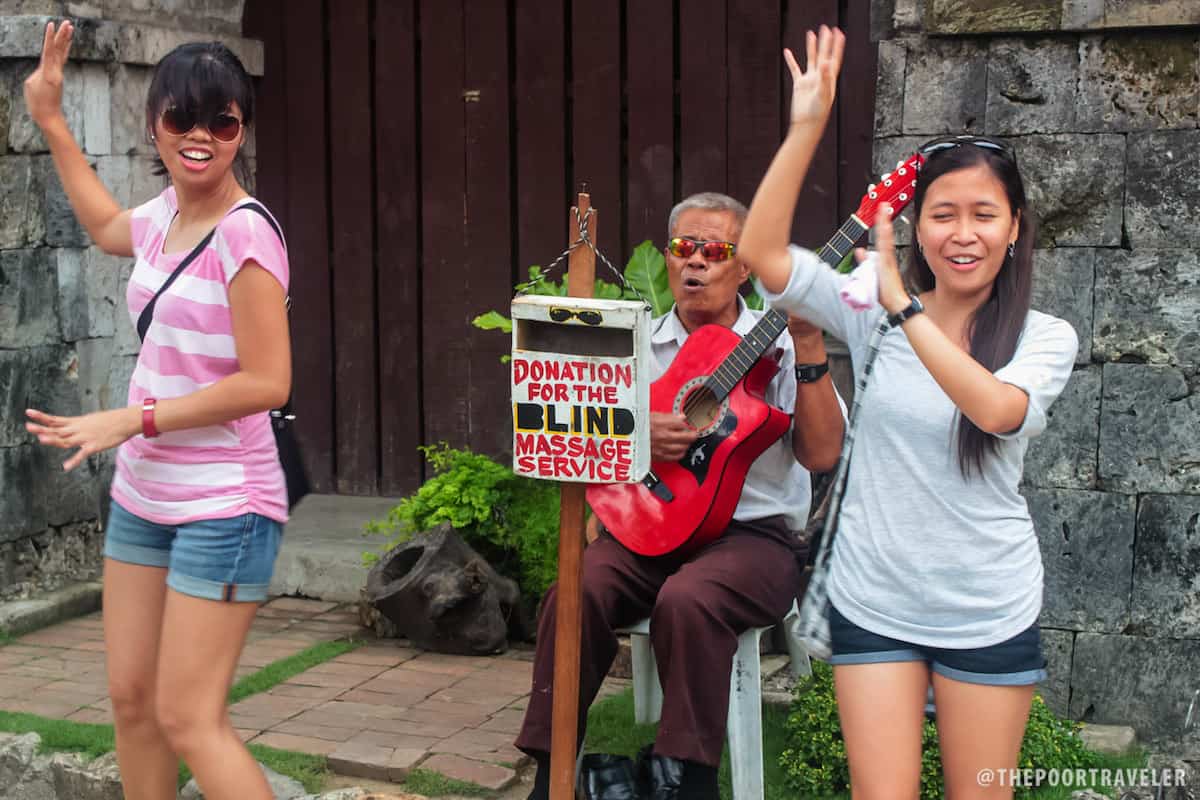
Today, Fort San Pedro is a fusion of a park which serves as an oasis in the middle of a bustling city and a museum where visitors can learn a great deal about the history of Cebu and the beginnings of the Spanish rule in the Philippines.
Posted: 2012 • 7 • 28
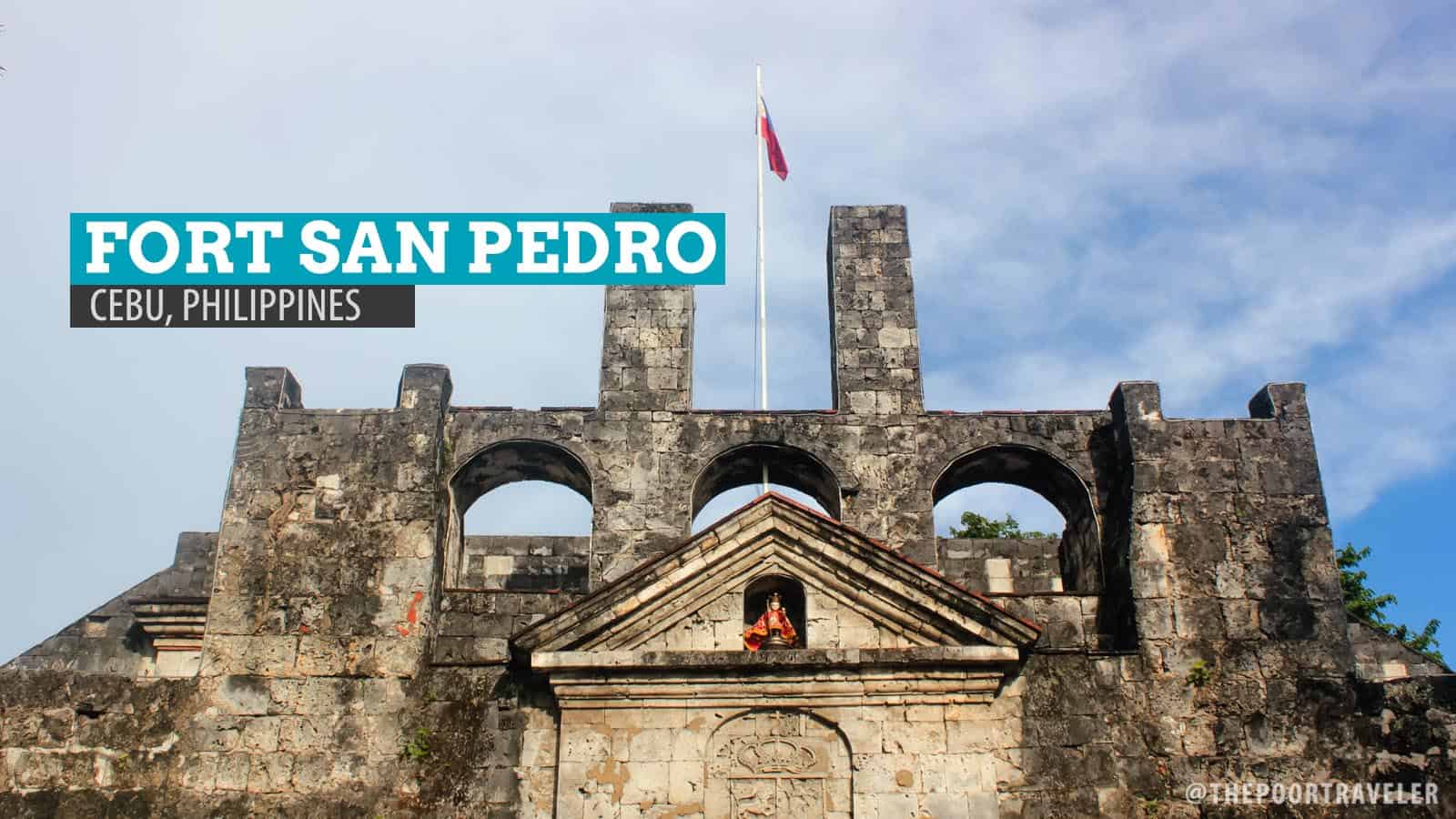

























i looking for help setting up the poor travel in USA i have the place 1 hour from new york and 1 hour from philly PA.. i in the best spot from cheap week stays in USA so that 1 hour from JFK PHL and NWR usa… write me back if anyone wants to help please
[…] More details for Fort San Pedro and be found here. […]
[…] More details for Fort San Pedro and be found here. […]